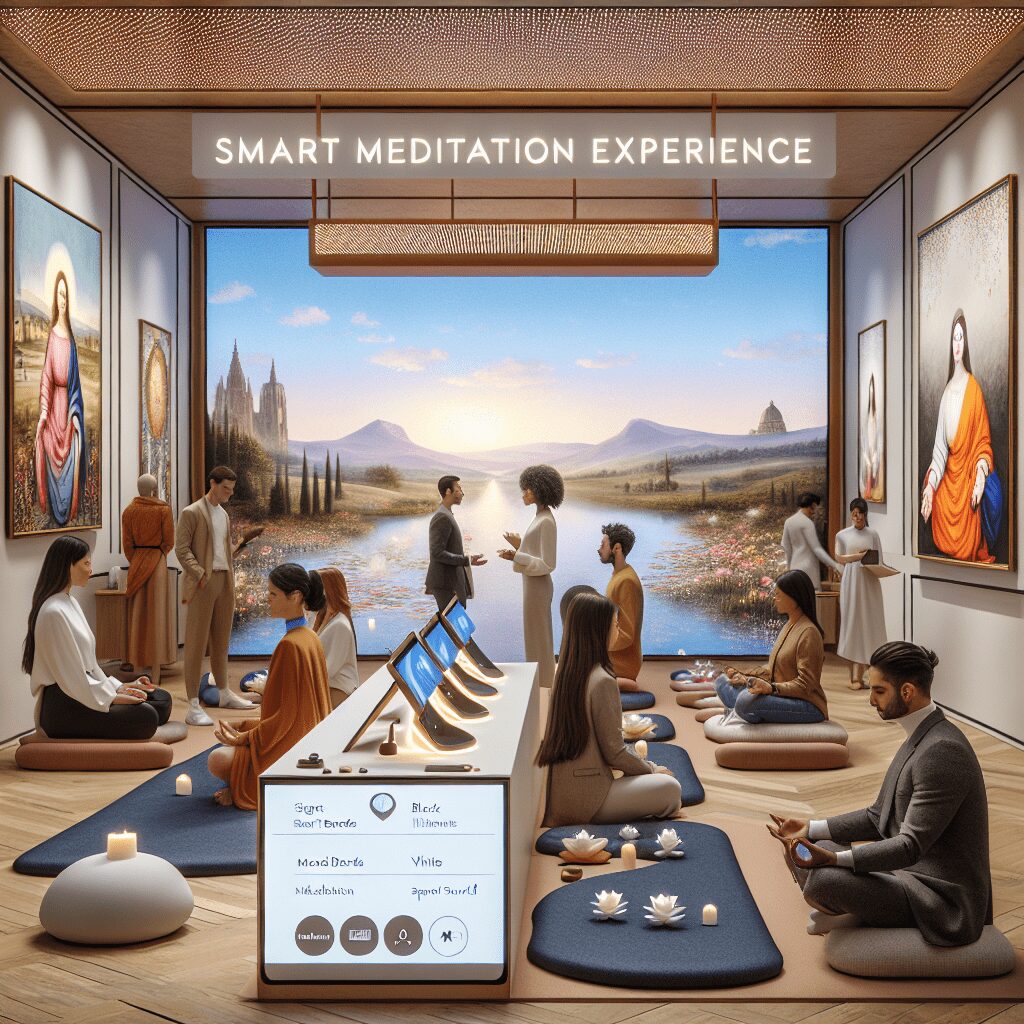
Prioritize your mental well-being daily. Enhance your life by nurturing your mental health with the Smart Meditation app. Break free from stress, alleviate anxiety, and enhance your sleep quality starting today.
How Does Mindful Meditation Work?
Unlocking the Mysteries of Mindful Meditation
In the hustle and bustle of modern life, finding a moment of peace can seem like searching for a needle in a haystack. Yet, the ancient practice of mindful meditation promises a slice of tranquility without a need for a monk’s hermitage. It’s like hitting the pause button on life’s fast-forward mode, but how exactly does this seemingly simple method work its wonders? Let’s delve deep and unravel the mysteries behind mindful meditation.
The Science Behind Serenity
At its core, mindful meditation is all about awareness. It’s the art of being present in the moment, fully experiencing the here and now without judgment. Sounds straightforward, right? Well, while the concept might be as old as the hills, science has only recently begun to shed light on how practicing mindfulness can lead to profound changes in both mind and body.
Neural Networks Navigating the Now
First off, researchers have discovered that mindfulness meditation strengthens the connection between parts of the brain responsible for attention and sensory processing. It’s like turning up the volume on the present, allowing practitioners to tune into the nuances of their current experience with increased clarity and focus. This doesn’t just mean sharper senses – it can also translate into improved memory, creativity, and problem-solving skills.
Cortisol Chronicles: Stress Under Siege
Moreover, meditation has been shown to reduce levels of cortisol, the infamous stress hormone. When cortisol levels are through the roof, it’s akin to having an alarm system that’s constantly on high alert, leading to a plethora of stress-related issues. Mindful meditation, however, acts as a biochemical chill pill, calming the nervous system and fostering a sense of inner peace. The ripple effect is striking – lower stress levels can improve sleep quality, reduce blood pressure, and even bolster immune function.
Embarking on the Mindful Journey
Eager to give it a whirl? Here’s the good news: diving into mindful meditation doesn’t require a PhD in Zen Buddhism or hours of chanting “Om” by candlelight (unless that’s your jam, of course). Here’s a quick guide to get you started on this transformative path.
-
Find Your Zen Zone: Choose a quiet, comfortable spot where you won’t be disturbed. This could be a cozy corner of your home, a serene spot in the garden, or even a peaceful park bench.
-
Set a Time Limit: Especially in the beginning, it’s wise to start small. Five to ten minutes is a great starting point.
-
Adopt the Attitude: Sit or lie down in a comfortable position. The key here is to be relaxed yet alert. Close your eyes, and take a few deep, calming breaths.
-
Focus on the Now: Pay attention to your breath – its rhythm, how it feels flowing in and out of your body. Thoughts will inevitably pop up. That’s totally normal. Instead of wrestling them, simply acknowledge their presence and gently bring your focus back to your breath.
-
Rinse and Repeat: Consistency is key. Try to incorporate mindful meditation into your daily routine, even if it’s just for a few minutes to start with.
Embarking on the journey of mindful meditation might seem daunting at first glance. However, it’s a bit like learning to ride a bike – wobbly starts eventually give way to smooth sailing. And in this high-speed digital age, the ability to anchor oneself in the moment is not just a skill but a sanctuary.
By tapping into the power of mindfulness, we can learn to navigate life’s tumultuous waters with grace and poise. It’s a journey well worth taking, a path that leads not just to moments of temporary tranquility but to a profound, lasting sense of peace and well-being. So, why not take the plunge? After all, the only moment we truly have is now.




